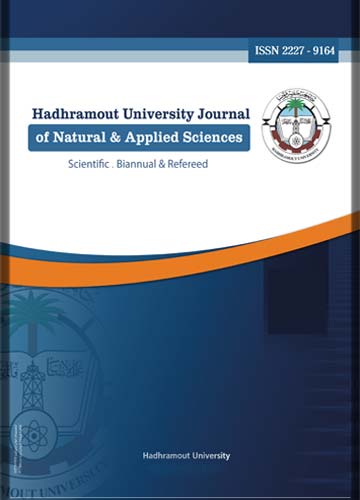Clinico Pathological Study Of Melanocytic Skin Tumors in Yemeni Patients
Keywords:
Nevi, Melanoma, Melanocytic lesion, Histopathological studyAbstract
Melanocytic nevi are important primarily because of their histogenic relation to cutaneous melanoma. Acquired melanocytic nevi, are believed to have been developed from epidermal melanocytes that completed their migration from the neural crest. This study has been conducted to provide baseline data on the character of benign and malignant melanocytic skin tumor in Yemeni patients. A retrospective study from records in which 40 cases were reviewed out of 60 cases with pigmented skin lesions which were histologically examined to exclude malignancy during the period from 2006 to 2014. The results and observations were organized and interpreted in light of demographic, clinical and histopathology findings. A total of 40 pigmented skin lesions were histologically reported during the period under review. The male were 13 and 27 females patients with a male to female ratio was 1.2.08. Maximum of the cases were seen in the age group of 21 to 40 years, with the youngest patient being 1 year and the oldest being 100 years. Melanocytic nevi were the most common pigmentary lesion which accounted for 72.5 % of the cases among them intradermal nevus which constituted 17 (42.5 %) followed by melanoma (27.5%). The most common site of melanoma was the extremities 9 (81.8%), while face 22 (75.9 %) was the commonest site for nevi. In this study, the benign pigmented lesion was more common than malignant melanoma. Further studies cover another geographic areas in Yemen are needed.




